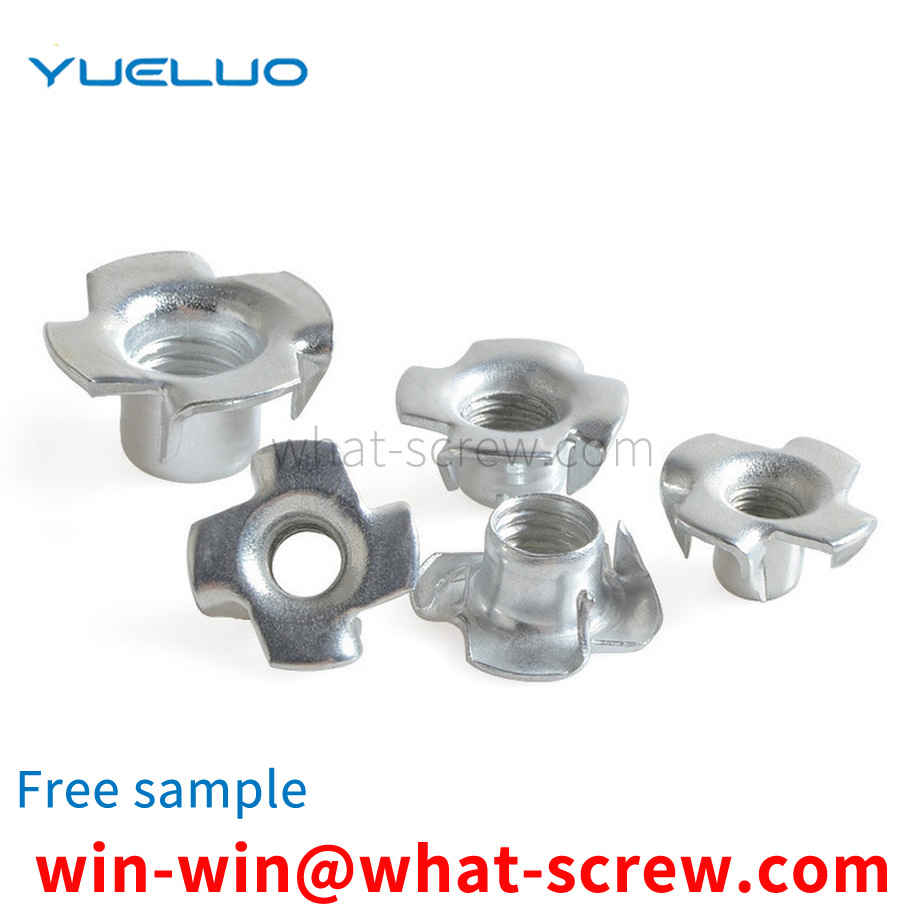Various stainless steel materials have different properties due to their different material contents, so the corrosion resistance is also different. The following is a brief explanation of several commonly used materials: 304 is a universal stainless steel, which is widely used in the production of good requirements. Equipment and components with comprehensive properties (corrosion resistance and formability). 301 stainless steel exhibits obvious work hardening phenomenon during deformation, and is used in various occasions requiring higher strength. 302 stainless steel is essentially a variant of 304 stainless steel with higher carbon content, which can obtain higher strength by cold rolling. 302B is a kind of stainless steel with high silicon content, which has high resistance to high temperature oxidation. 303 and 303Se are free-cutting stainless steels containing sulfur and selenium, respectively, and are used in applications where free-cutting and high surface finish are mainly required. 303Se stainless steel is also used to make parts that require hot upsetting, because under these conditions, this stainless steel has good hot workability. 304L is a lower carbon variant of 304 stainless steel used where welding is required. The lower carbon content minimizes carbide precipitation in the heat-affected zone near the weld, which can lead to intergranular corrosion (weld erosion) of stainless steel in some environments. 304N is a nitrogen-containing stainless steel, and nitrogen is added to increase the strength of the steel. 316 (18Cr-12Ni-2.5Mo) material: due to the addition of Mo, its corrosion resistance, atmospheric corrosion resistance and high temperature strength are particularly good, and can be used under harsh conditions; excellent work hardening (non-magnetic).
With the advancement of technology in various industries, the current structural design of screws has evolved from just simple locking to focusing on work efficiency during the locking process and not destroying the integrity of the objects to be locked. New cases such as No. 556784 screw improvement and No. 289415 screw that integrates locking, stability, labor-saving, fast and multi-function which were previously designed and approved and published in the Central Taiwan Bulletin are the main representatives of screws. It is clear that It is learned that the two cases not only fully improve the shortcomings of the traditional simple locking screws, but also achieve the purpose of substantial improvement of the screws designed in each case in actual use.
The pressure riveting nut is divided into free-cutting steel pressure riveting nut S type, stainless steel pressure riveting nut type CLS, stainless iron pressure riveting nut SP type and copper and aluminum pressure riveting nut CLA type, which should be used in different environments. . Sizes are usually from M2 to M12. There is no unified national standard for rivet nuts, and they are often used in chassis cabinets and sheet metal industries. S series, CLS series, SP series pressure riveting nuts use the internal thread as a simple method to install in precision sheet metal products, and use small and precise nuts for reliable fixing to completely process the side plate of the sheet metal. The nut is inserted into the hole of the metal plate, and the inlay strengthening function is completed by pressure. Application advantages 1. The back of the plate remains completely flat; 2. Small size and precision, suitable for all electronic or precision equipment; 3. High torque resistance; 4. Easy equipment, simple riveting; 5. Standardized serialization can meet various design requirements .
Comparing the physical properties of stainless steel and carbon steel, the density of carbon steel is slightly higher than that of ferritic and martensitic stainless steel, but slightly lower than that of austenitic stainless steel; the resistivity is based on carbon steel, ferritic, martensitic and The order of austenitic stainless steel is increasing; the order of linear expansion coefficient is similar, austenitic stainless steel is the highest and carbon steel is the smallest; carbon steel, ferritic and martensitic stainless steel are magnetic, austenitic stainless steel is non-magnetic, But its cold work hardening will generate magnetism when it is transformed into intensite, and heat treatment method can be used to eliminate this martensitic structure and restore its non-magnetic properties. Compared with carbon steel, austenitic stainless steel has the following characteristics: 1) High electronegative rate, which is about 5 times that of carbon steel. 2) The large coefficient of linear expansion is 40% larger than that of carbon steel, and with the increase of temperature, the value of the coefficient of linear expansion of stainless steel screws increases accordingly. 3) Low thermal conductivity, about 1/3 of carbon steel.
In specific implementation, the axial three-dimensional shape of the nut and the screw head is in the shape of a pentagonal frustum, the elastic surface of the screw is parallel to the center line of the bolt, and the upper contour line is arc-shaped; the screw can be full or partial thread; the top of the screw head The shape is round.
We have many years of experience in the production and sales of screws, nuts, flat washers, etc. The main products are: hexagonal lock nuts, camera tripods, micro-standard bolts, large flat round head chamfered hexagon socket bolts and other products, we can provide you with suitable products for you Fastener Solutions.



















 Service Hotline
Service Hotline




